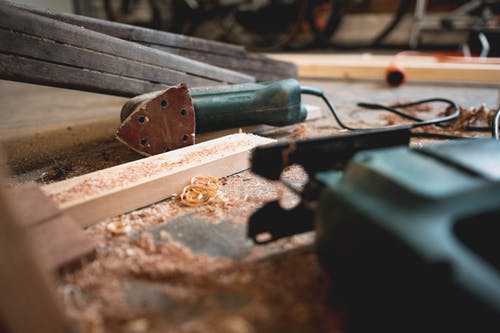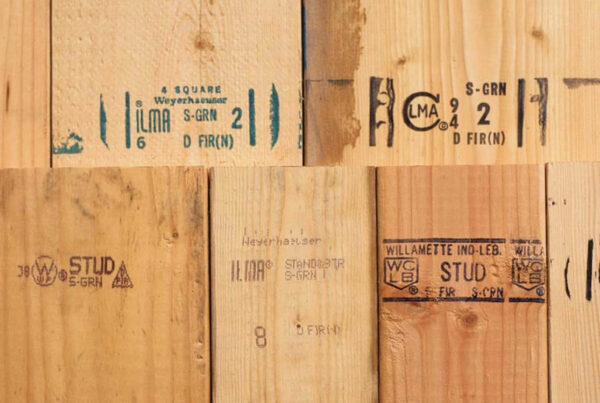Woodworking is one of the most widespread and practiced DIY. Almost 50% of all DIYs are done using wood, making it the core of everything. For this reason, it is important that as a woodworker or DIY lover you master your way around woodwork; what to do and what not. To assist you in this, we have put down 7 woodworking and construction mistakes to avoid.
i. Using the wrong tools
Which tools do you use for what tasks? While sometimes we can use tools interchangeably for various tasks, the best results we only get when we use the right tools for the right tasks. For instance, using a blade with the wrong kind of teeth in cutting plywood may cause splintering. You can corret this by try as hard as possible to use the right tools.
ii. Using low-quality materials
As always, the type of material you use hugely determines the outcome you get. Take, for example, there are lumber meant for exterior use and those meant for interior use, and this depends on the strength of the wood as well as its susceptibility to water damage. Using one material type in place of another will lead to fast damage and ultimately high maintenance and replacement costs.
The quality of the material is also of much importance. Logically, every task is important. However, huge ones like installing siding are very significant and take a lot of time and money. For this reason, you need to ensure you use nothing but the best. Siding materials like natural wood, fiber cement, and vinyl are either too expensive or low on durability. However, seasoned users and contractors have developed a liking to engineered wood, especially by KWP Eco-Side, since, with the right treatment, it hardly gets affected by moisture and it is reasonably priced.
iii. Inaccurate measurements
Another mistake done by woodworkers, especially newbies, is not having accurate measurements. While its humanly understandable to miss the line ones or a couple of times, when this happens multiple times, then it affects your outcome. Inaccurate measurements could lead to loose joints, unnecessary overlaps, unwanted spaces, among others. The only way to avoid this is by trying as hard as possible to get every measurement right.
iv. Excess sanding
The main purpose of sanding is usually to smoothen the surface. However, sometimes it does not go as expected and instead of getting a smooth surface, you end up with a fuzzy one. One reason why this happens is because of too much sanding. It could also be because of using sand finer than 150 grit. In case you find yourself in such a situation, sand out the furs by simply going down with the grit, say at 120.
v. Sloppy finish
This is another mistake, though not as common as the first four. While some people are more interested in the outside view rather than the core and the construction, others do a great job with the first part but do not give thier best on the finishing. Finishing involves trimming where necessary, cutting off excess parts, applying priming, painting and so on. If youn failto do these, then your final outcome will be sloppy and unappealing.
Interestingly, the above-mentioned woodworking and construction mistakes to avoid are simply some very minor things often ignored and seen as insignificant, and this should not be the case. To get the best results out of your woodwork, simply avoid these mistakes and you are safe.











